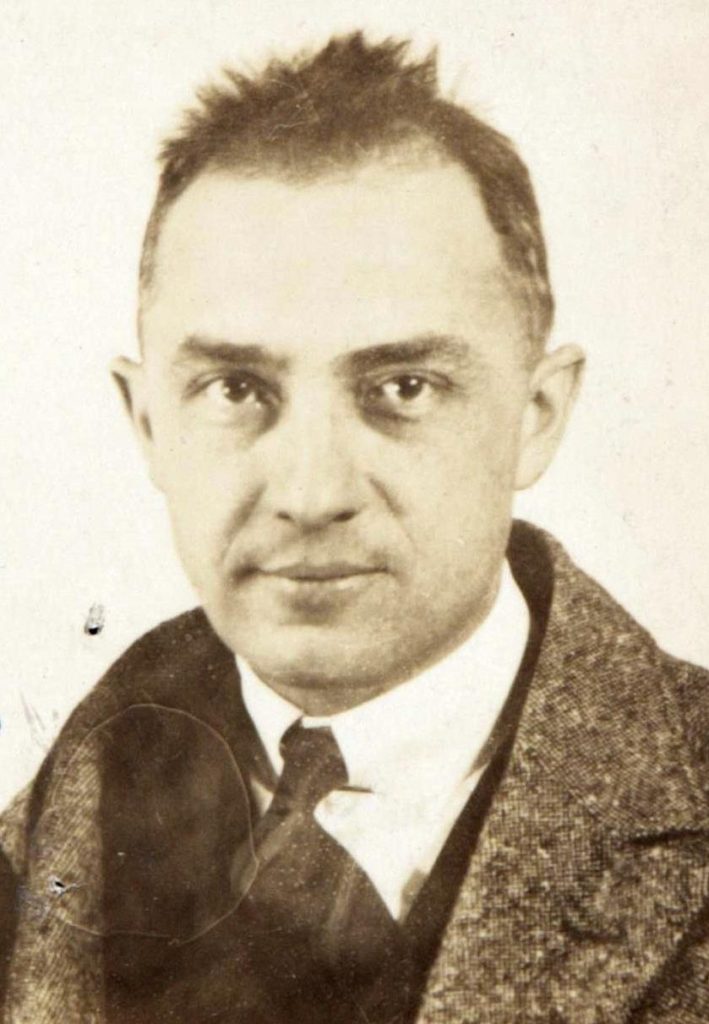57 William Carlos Williams (1883 – 1963)
Amy Berke; Robert Bleil; and Jordan Cofer

Affectionately known as “the good doctor,” the prolific William Carlos Williams published dozens of works of literature in his lifetime, including novels, plays, essay and poetry collections, an autobiography, and one of the longest modernist poems ever composed, the five-part epic Paterson. Born in Rutherford, New Jersey, in 1883, Williams attended medical school at the University of Pennsylvania, where he met fellow poets Hilda Doolittle (H. D.) and Ezra Pound. Soon after graduating, Williams settled back home in Rutherford with his wife and family to run a medical practice, delivering over 2000 babies during his lifelong career as a pediatrician. While establishing himself as a successful neighborhood doctor, Williams also established himself as an influential voice in New York City’s Modernist art scene, befriending writers such as Wallace Stevens and Marianne Moore and experimental painters such as Marcel Duchamp. In 1913, the International Exhibition of Modern Art at New York City’s 69th Regiment Armory introduced Americans to radical new styles of painting such as Cubism and Fauvism. Inspired by these new forms of visual art, Williams sought to craft a similarly new form of poetry for modern America. Like the modern painters, Williams focuses on the details of urban life through shifting perspectives and juxtaposed images. To both free his poetry from the restrictions of traditional verse forms and save it from the anarchy of free verse, Williams devised a new poetic rhythm called “the variable foot” that he used to structure his poems organically according to the rhythms of everyday American speech.
At a time when many American modernist authors were moving to Europe to find artistic inspiration, Williams found inspiration in his native New Jersey, taking its small cities and working people as the subjects for his poetry. Stylistically, Williams’s poetry is rooted in the Imagism championed by his friend Ezra Pound, as evidenced by the short imagist poem, “The Red Wheelbarrow” presented here. In his Autobiography, Williams writes that the poet is “not to talk in vague categories but to write particularly, as a physician works, upon a patient, upon the thing before him, in the particular to discover the universal.” Williams’s insistence on writing about the particular led him to differ from poets such as Pound and Eliot, who eventually sought to make modern poetry more universal by making it more international, infusing it with different cultures and languages. Williams chose instead to write most of his poems to use the title of one of his essay collections “in the American grain,” finding the universal in the everyday experiences of his native land. For example, in “The Dead Baby,” Williams draws from his own experience as a doctor to explore a sadly common but usually unsung moment of grief. In “This Is Just To Say,” Williams combines the linguistic economy of an Imagist poet with the shifts in perspective of a Cubist painter, presenting multiple perspectives on a small family drama over the course of three brief stanzas.
“The Dead Baby”

Please click the link below to access this selection:
“This Is Just To Say”

Please click the link below to access this selection:
https://www.poetryfoundation.org/poems/56159/this-is-just-to-say
Or listen to William Carlos Williams:
A popular style of painting made famous by Pablo Picasso. Instead of realistic representation, objects are depicted in an abstract style, often fractional and cube-like.
A French style of art, specifically painting, made popular during Modernism, emphasizing color over representation.
A movement amongst Modernist poets to focus in on precise images. Ezra Pound’s “In a Station of the metro” is a famous example of imagism.

